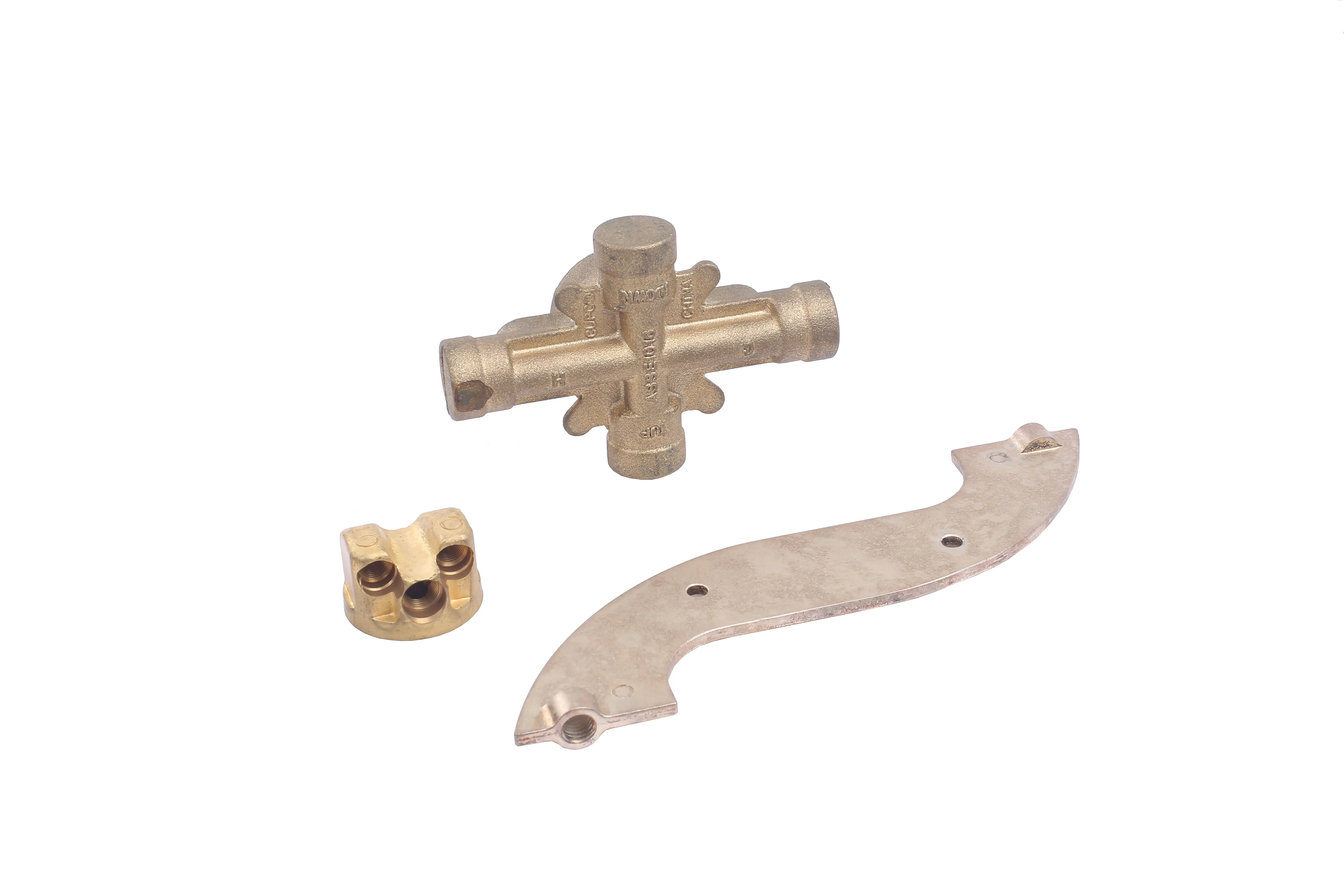2022-07-22
One of the most versatile and extensively used Metal Parts Manufacturing technologies is sheet metal. It is far less expensive than cutting cavities into metal blocks. In this blog, we'll look at sheet metal design factors including material selection, wall thickness, bend radii, bend allowance, K Factor, Bend reliefs, manufacturing process, CAD platforms, advantages and limits, and lastly, Improvians' perspective. So, let's get this started.

Metal sheets with a thickness ranging from 0.4 mm to 6 mm are categorized as sheet metals. Steel, Aluminum, Copper, Brass, Nickel, and Titanium are just a few of the metals that can be rolled into sheets. Sheet metals are widely utilized in Metal Parts Manufacturing industries such as; the aerospace, automobile, electrical appliance, and construction industries, among others.
For the purposes of this article, "bending" refers to the process of fabricating metal to the point that it generates a curve along a straight axis.
V-shape
U-shape
Channel shape
Bending is usually done with box and pan brakes, as well as other brake techniques.
In the meantime, "bend radius" refers to the radius of the internal curvature of previously bent sheet metal. It is the smallest radius at which the pipe can be bent or otherwise broken without being broken:
Kinked
Damaged
Otherwise having its useful life shortened
Many factors influence real tolerances, reinforcing the importance of double-checking with your fabricator before starting your sheet metal design.
The more procedures a part goes through, the harder it is to keep tight tolerances.
The type of material you select, as well as the thickness of the sheets.
Some sheet metal fabricating equipment can produce finer tolerances than others.
Tolerance needs are met by custom fabrication and assembly firms using a variety of capabilities and equipment.
Tolerances should be realistic, CAD drawings should be prepared to utilize Design for Manufacturing standards.
The tooling required to manufacture a product might limit the shape of that part. For example, traditional press-brake tooling provides for precision straight-line bends that can be fitted to practically any length and are commonly used on fabricated sheet metal parts. Keeping designs in this form area enables the most cost-effective manufacturing and the quickest turnaround times. Round embosses, bridge lances, countersinks, extrusions, and other characteristics are examples of this. These may usually be done on a punch press, and standard sizes should be used wherever possible.
Machined parts and precision sheet metal parts are not the same. When designing precision sheet metal parts, keep in mind that these parts are considerably different from machined parts in terms of what can be created and what tolerances can be held due to the many processes involved in their creation.
Different Types of China CNC Lathe Process Parts
How CNC Precision Engineering Enhances Quality And Performance